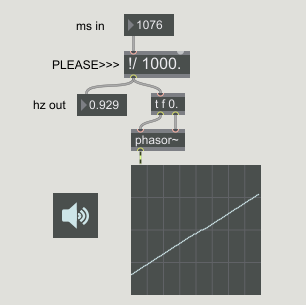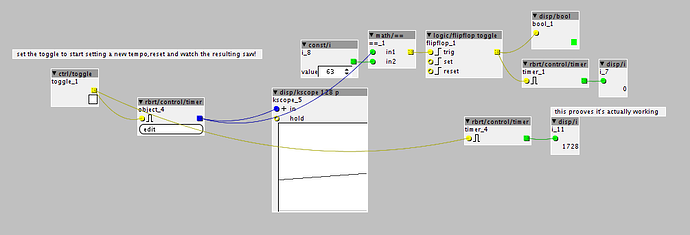Hello!
I'm trying to do division by a set constant, preferably output floats. Figured I'd just copy an object and modify it, but division by inlet_x / inlet_y doesn't seem to work.
I took a look at STAR.axo, which uses the ___SMMUL construct. Looking up the assembler for the processor, two division instructions are available, SDIV and UDIV, but the compiler says the command isn't specified in this scope.
My objective is to make a ms -> Hz conversion, maybe there is another way of doing it besides 1/ms? 




